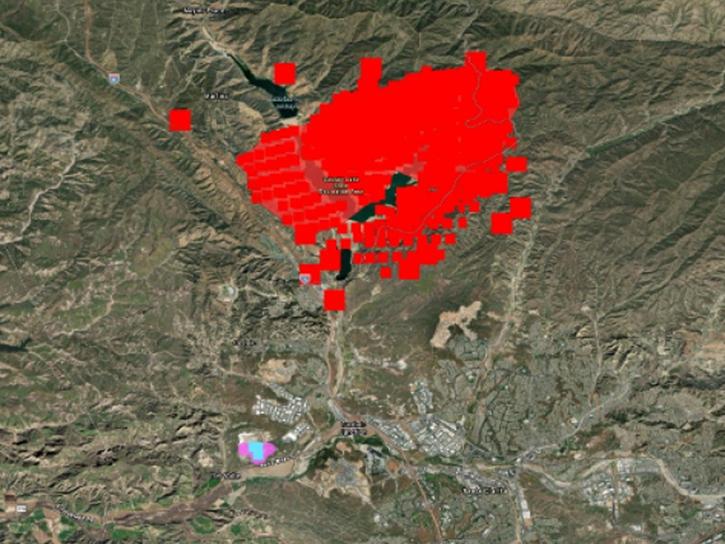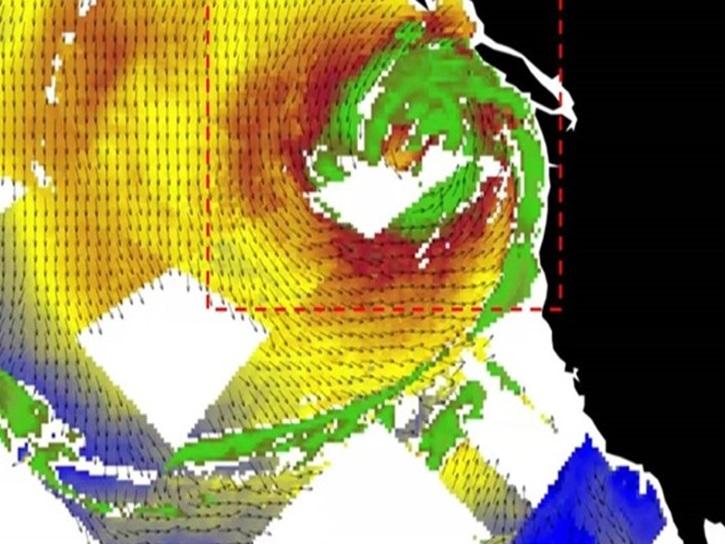Access a range of datasets and data tools to further your research into natural hazards.
Natural disasters affect millions of people every year. According to the United Nations Office for Disaster Risk Reduction (UNDRR), there were roughly 7250 disasters between 1998 and 2017, killing over 1.3 million people. Of those, flooding and storms account for the greatest number of disasters, while earthquakes cause the largest number of deaths; close to 750,000 people died from earthquakes during that period. Climate change will likely increase the frequency of extreme heat and other extreme weather events in the coming decades.
Understanding the vulnerability and exposure of a community to a disaster aids in the mitigation, prevention, and management of the disaster, while also providing information to help with response and relief efforts. NASA’s Earth-observing satellites collect global data on a number of phenomena that cause disasters, including flooding, droughts, cyclonic storms, earthquakes, volcanic eruptions, landslides, and extreme heat events. NASA also provides socioeconomic datasets to help assess the exposure and vulnerability of communities to these disasters.
Our data products useful to the study of natural disasters include hazard frequency and distribution maps, climate risk projections, mortality risk measures, and economic loss risk deciles.
Learn more about how our data informs a better understanding of tropical cyclones, earthquakes, volcanoes, extreme heat, floods, landslides, droughts, and wildfires.
Natural Hazards Near Real-time Data
Much of NASA's natural hazard data updates in real and near real-time, allowing a data-driven approach to disaster response. Learn more about near real-time data related to natural hazards provided by NASA's Land, Atmosphere Near real-time Capability for Earth observations (LANCE).
Learn How to Use Natural Hazards Data




Join Our Community of NASA Data Users
While NASA data are openly available without restriction, an Earthdata Login is required to download data and to use some tools with full functionality.
Learn About the Benefits of Earthdata LoginFrequently Asked Questions
Earthdata Forum
Our online forum provides a space for users to browse thousands of FAQs about research needs, data, and data applications. You can also submit new questions for our experts to answer.
Submit Questions to Earthdata Forumand View Expert Responses